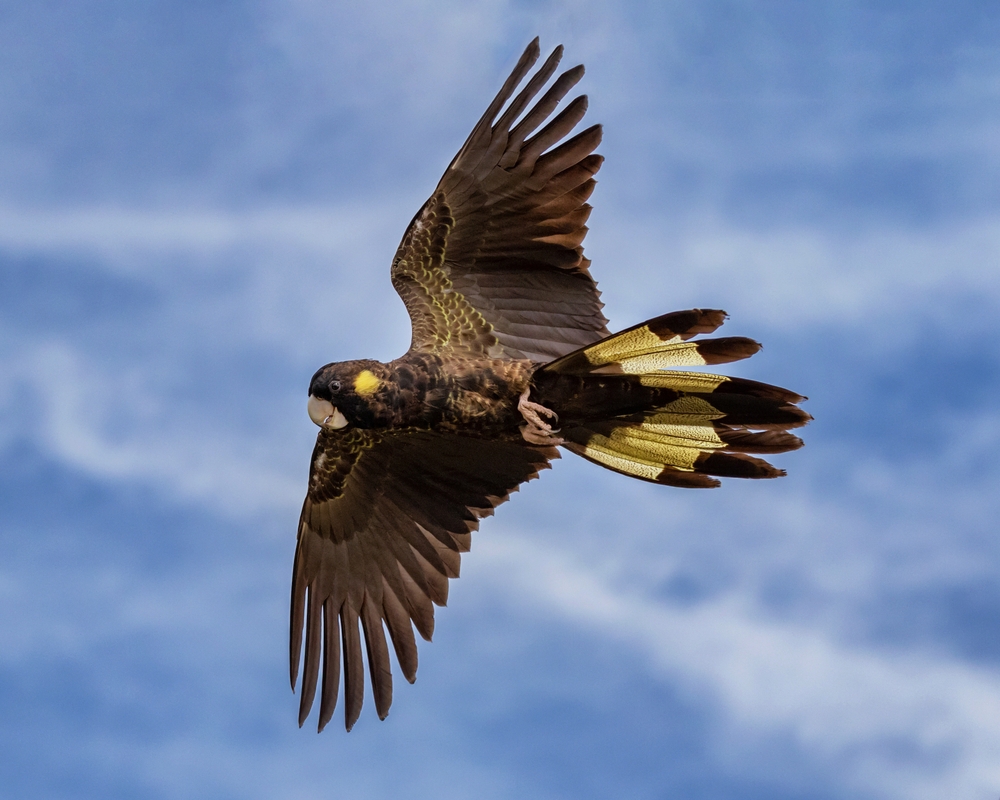| Common name | Striped marsh frog |
| Scientific name | Limnodynastes peronii |
| Type | Amphibian |
| Diet | Adults eat insects, snails and slugs and sometimes smaller frogs; tadpoles eat algae and small aquatic invertebrates |
| Average lifespan | Up to 8 years in captivity, so possibly similar in the wild |
| Size | Adults grow to about 7.5cm in length |
This frog is large compared to most other Australian species, and it’s one of our most abundant. It also has an unusually wide distribution, which extends right along the east coast south from North Queensland. It’s even seen in northern Tasmania.
The species occurs in good numbers right across its range except in Tasmania, where it’s classified as endangered. At the other end, however, it’s thought to be increasing in numbers and its distribution is expanding northwards.
The striped marsh frog is dependant in water, so it’s usually found close to permanent ponds, lakes or streams. Its adaptability and high tolerance for altered environments, even those that are polluted, means that it’s often common around water bodies in urban areas. If you’ve got a backyard with a fishpond and live on the east coast, chances are you’ve got a population of striped march frogs living beside you.
At the southern end of their range, these frogs spend much of the winter hibernating, during which time they barely eat. They become energised and begin eating voraciously from early spring, in preparation for breeding.
Being a predominantly brown frog with light and dark stripes, this species is well-camouflaged in its natural habitat. It’s also nocturnal, hiding away in vegetation by day and coming out at night to feed, so you’re unlikely to see individuals, unless you venture out with a spotlight at night. But you’ll certainly hear the males in summer when they begin calling en masse for females early in the season. They tend to call from vegetation during the day but move to the water to call by night.
The species’ call is quite distinctive – described as a single “tuk” or a “whuck”, that’s repeated every few seconds. When they get going, a pond full of these frogs can sound like a tournament of table tennis players!
Females lay up to a 1000 eggs at a time into a foam nest floating on top of the water. The tadpoles hatch after a few days and spend as long as 8 months in the water before metamorphosing into small adult frogs. Tadpoles can grow to 9cm, longer than the maximum length reached by adult frogs.








